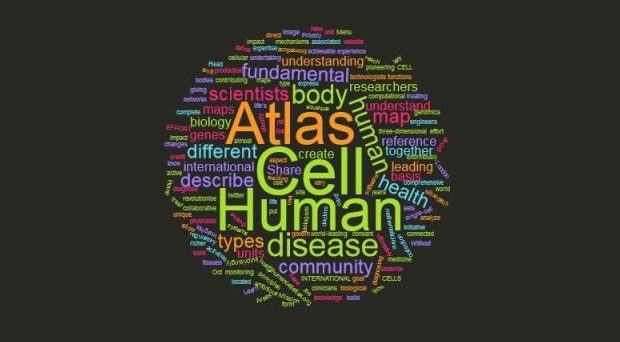A New Type of Maps- One For the Human Body
It may be surprising, but October 13th and 14th were important days in the science world. On these days, a group of world-leading scientists in London, headed up by Aviv Regev and supported by the Broad Institute, gathered to debate the probability of building the Human Cell Atlas. It’s interesting to note that this endeavor could help our world understand the smallest and most diverse parts of the human body.
To the average person the basic ideas of cells may be simple- they make up all living organisms and are composed of “such and such”- but in actuality they are quite diverse in their various types, states, locations, and transitions.
The creation of the Human Cell Atlas will offer the scientific community and the world information on all of the cells found in the human body. This could potentially revolutionize the field of biological science.
Due to stem cell research, scientists have been able to regenerate tissue that was previously damaged. However, use of stem cells is still problematic because it is not completely known yet what the cells they are remaking are composed of. To the same extent, while geneticists can use gene-editing techniques to “hack out” diseases from DNA, it get’s hard to know what to extract and edit when they don’t fully understand cells yet.
So, how are these scientists attempting to find all this information, on all these cells, on a budget? The Atlantic magazine recently covered this new project and discussed this similar question with Aviv Regev. They learned that the advancement of technology in the field has been a huge help. With robotic programs and software, Regev and her team can simplify and lessen the cost and effort, yet still produce these great results. With hardware and software newly developed they can now study single cells.
The first cell type Regev studied for the Human Cell Atlas was dendritic cells, classified as immune cells. Scientists isolated 18 of these and organized the activated genes. Regev expressed her thoughts about this revelation in the Atlantic article. “It was as if we thought that everyone in a city wore green shirts, and it turned out that some wore blue and some wore yellow.” Even from this small group sampled, the purpose of this undertaking was proven true. The portion they thought was just one group of “pure” cells turned out to be two very different types, further showing why we need a complete reference to eliminate the moment of suspense when sampling cells.
Some people still believe that it is impossible to know and understand all of the cells that make up the human body. But, many people also doubted the Human Genome Project, which was a success and has helped society in innumerable scientific advancements. From this massive undertaking, we now know the structure, function, and organization of the whole human genome. It stands to reason that the Human Cell Atlas could give us this same revelation and be a priceless resource in the years to come.
Even with all the benefits to medicine, biology, and general life, it may seem hard to see the importance of the Human Cell Atlas. While it does seem like an important matter for scientists and doctors, it can be hard to see the actual everyday importance for people. Well, the leader of the program, Aviv Regev, may have just summed up the overarching importance best, “We don’t really know our cells, And so we don’t know ourselves.”
More information can be found at the Human Cell Atlas and The Broad Institute.










